|
T h e M y t h
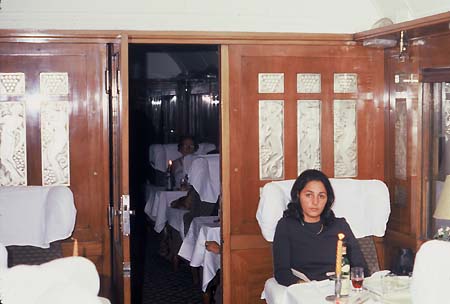
CIWL Pullman type "Cote d'Azur", used for the Sud-Express after WWII (WS)
|
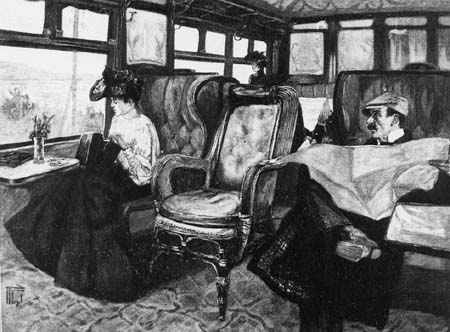
CIWL Wagon-Salon used for the Sud-Express before WWI (contemporary press)
|
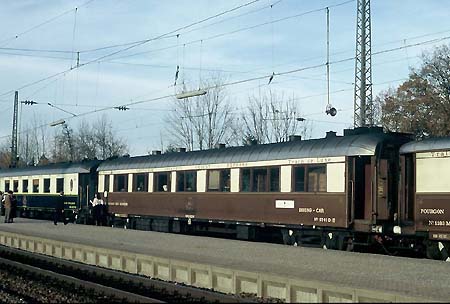 Wagon-Salon-Pullman 2741 from the Sud-Express before WWII, now Nostalgie Istanbul Orient Express diner (WS)
Wagon-Salon-Pullman 2741 from the Sud-Express before WWII, now Nostalgie Istanbul Orient Express diner (WS)
The South, that was the dream of the Cape Horn sailors, the dream of the emigrants, too - and the own dream during the forties, with music from Lecuona’s Cuban Boys, “Amapola” and “Maria LaO, or Rosita Serrano, the “nightingale of Chile”, the dreams of the Caribbean, Rio and the Andes…
…And the dream of the Sud-Express, Surexpreso, Sud Expresso via Spain, Portugal or Morocco, connecting with the ships of the Royal Mail Line, the Pacific Steam Navigation Company, the Hamburg-Sued which crossed the South Atlantic, the Union-Castle steamers for South Africa and the Elder Dempster Line to mysterious black Africa, beyond the Sahara, and there once again by some Sud-Express through Angola and by the Southern Limited through Rhodesia to the Cape or, for Americans, the dream of the Aztec Eagle for Mexico, the Panama Limited or the Cuban Special … and for the world traveler the dream of the Expreso del Sur from Bolivia to Argentina and the Transandino from there to Chile, to Valparaiso, destination of the Cape Horn sailors, destination of the Panamericana railroad, too, which never had been built….
Symbols of all these dreams were the splendid steam locomotives, in France the grey four-cylinder de Glehn compound engines of the Paris-Orleans railway, driven by “les senateurs de Tours” at speeds up to 130km/h, from 1930 rebuilt by the genius André Chapelon, at that time the most powerful Pacifics of Europe. 231-726 got an Art Deco style streamlining, representing Chapelon’s dream of similar tenwheelers and Niagaras hauling future expresses to the South. On the other side of the Atlantic, on a Brazilian narrow gauge, appeared Niagaras and Mikados by Chapelon, demonstrating the beauty of his ideas. Chapelon’s researches were continued in Argentina by Livio Dante Porta. In 1943 Porta created the 4-8-0 type four-cylinder compound meter-gauge engine “Presidente Peron” (then renamed “Argentina”), using parts of a British-built Pacific. Streamlined and originally painted white with blue ribbons, it expresses Porta’s esthetic spirit (its history has been written down by Anton von Hornstein, who helped to save it from being scrapped).Finally Dave Wardale realized Chapelon’s and Porta’s technological principles with the “Red Devil” in South Africa. On the Paris-Orleans, as well as on the Midi and in Spain, appeared the first sinister-looking electrics. Later also the streamlined electric “veiled woman” hauled the Sud-Express in France. In the North of Spain roared the Mountains of the Norte, built by Hanomag in a clear German style, designed by engineer Metzeltin. He later transferred that style with the Henschel 16E Pacific to South Africa. Also Adolf Wolf had worked for Hanomag before he changed to Borsig and designed Germany’s legendary 05. After WWII the Sud-Express in Spain was hauled by the Mountain 241 F and on its way to Portugal also by a pair of the beautiful Maffei type Mountains. The grandiose finale of steam traction in Europe was the black/green/red 242F “Confederacion”, designed by a Spanish aristocrat. They stormed through the night in northern Spain, even coupled to an additional Mountain engine. Biggest express passenger engines on the expresses to the south however had been the American Niagaras in Mexico. And in the utmost south, in Chile, steamed the “Super Montana” of German production and the powerful Baldwin Mountains. With the end of the steam age the sad decline of the expresses to the south began.
Literature
No comprehensive literature about the subject is yet known. Documents for a book and an extensive photo collection are kept by the author. For CIWL in Spain see Xavier Aranguren.
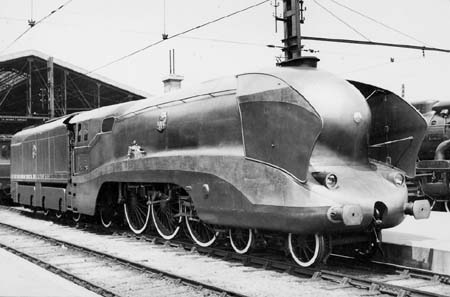 French Pacific 231.H.726 ex-PO Midi 231-726 on exposition at Paris Austerlitz (Raymond Floquet)
French Pacific 231.H.726 ex-PO Midi 231-726 on exposition at Paris Austerlitz (Raymond Floquet)
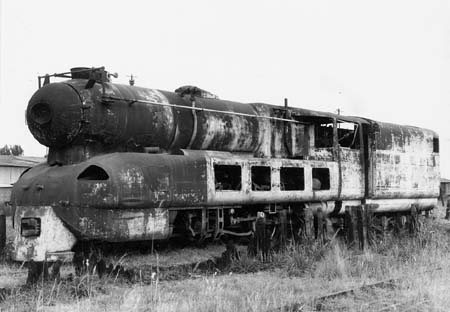 The streamlining experiment by L.D: Porta, La Plata 1972 (Frank Stenvall)
The streamlining experiment by L.D: Porta, La Plata 1972 (Frank Stenvall)
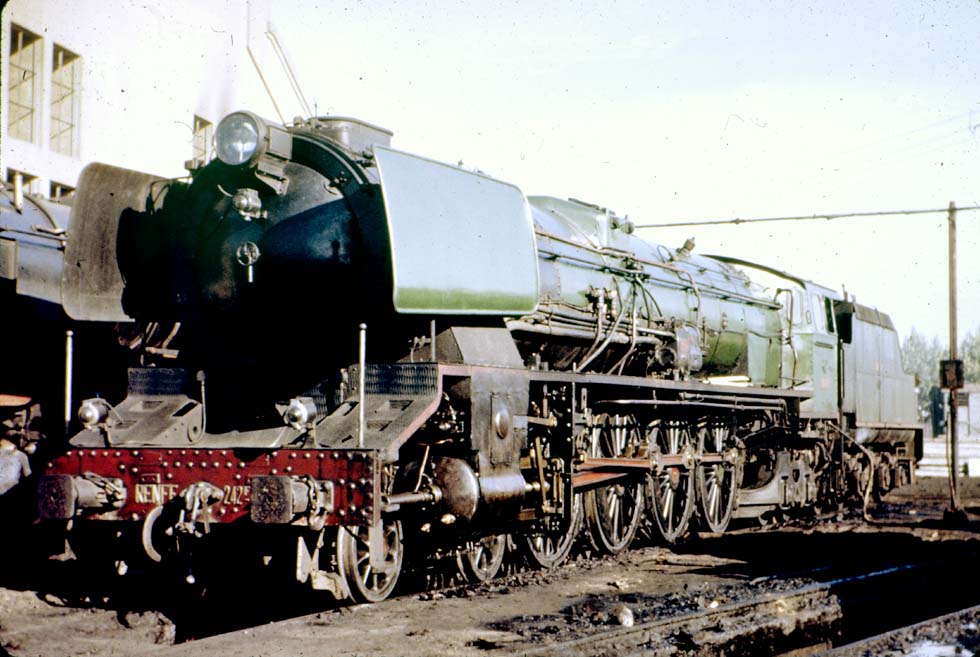 Niagara class 242F of RENFE at Miranda de Ebro (coll. Heribert Schroepfer)
Niagara class 242F of RENFE at Miranda de Ebro (coll. Heribert Schroepfer)
|